When Denver’s Regional Transit District proposed a tax increase to build six new rail lines in 2004, it promised it would build the lines without cost overruns by 2014. But soon after the election, it “discovered” that the lines would cost far more than projected — ultimately, about 67 percent more. With the money it had available, it wouldn’t be able to finish all of the lines before 2042.
This commuter train in Westminster, Colorado goes 6 miles to downtown Denver. Longmont wants RTD to extend the train another 35 miles even though RTD’s analysis shows few people will ride it. Photo by Xnatedawgx.
Further analysis by RTD found that most of the lines would end up costing taxpayers about $6 to $10 per ride, but one line, which went northwest of Denver to Longmont, was extra expensive and projected to carry so few passengers that it would cost more than $60 per rider. RTD decided to defer that line and build the rest.
Ever since, Longmont officials have loudly complained about being left out of the game. Longmont taxpayers “have paid RTD tens of millions of dollars over 20 years,” writes Longmont’s mayor in an article in the Longmont Times-Call, “and so far, we have nothing in return.” Unfortunately, the article is paywalled, but the mayor (writing with an RTD board member) goes on to argue that RTD and the state of Colorado should fund a Front Range commuter train that would operate three times a day in the morning and three times in the afternoon.
As I point out in an op-ed in yesterday’s Times-Call (again, paywalled, but a longer version of the op-ed is available on Complete Colorado), none of the other cities in the Denver urban area got anything in return for their taxes either. Yes, RTD built rail lines, but the percentage of people in the Denver urban area who rode transit to work, which was 4.8 percent before the election, was still only 4.8 percent in 2019 (and was only 2.5 percent in 2023). What good is having a train if no one is riding it? And seriously, three times a day? How many will ride such an infrequent train?
The proposed Front Range commuter train would be much like one in Minnesota that the state is seriously considering shutting down because so few people ride it. As my 2020 analysis of recent commuter rail projects shows, commuter trains in Albuquerque, Austin, Dallas, Nashville, Orlando, Portland, and several other urban areas are also complete disasters.
Commuter trains only go where the tracks go. A Front Range commuter train would take people from Longmont to downtown Denver, but only 9.9 percent of the Denver region’s jobs were in downtown before the pandemic, and Denver’s downtown is one of the slowest to recover from the pandemic. People who work in, say, the Lakewood Federal Center, the Denver Tech Center, or any of a dozen other major job centers would not benefit from a train to downtown. Yet, for less than the cost of a commuter train, RTD could give people rapid bus service from Longmont to several of those job centers.
Antiplanner readers know that I love passenger trains, but they simply are not suited for today’s dynamic urban areas where new economic centers spring up and old ones fade away with regularity. Buses work better and cost less and Longmont should be grateful that it isn’t hamstrung paying to operate trains that are nearly empty because they don’t go where most people want to go.


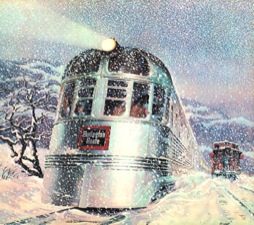
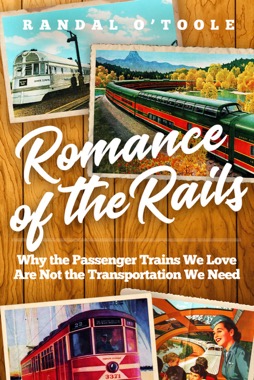
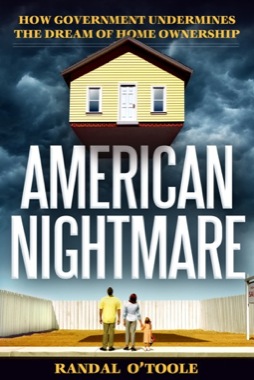
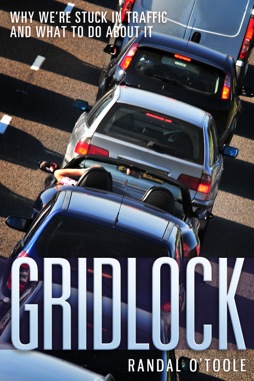
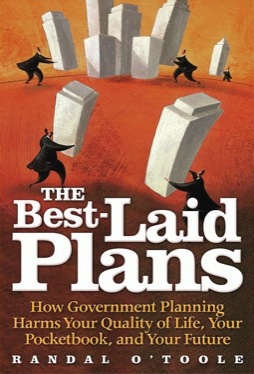
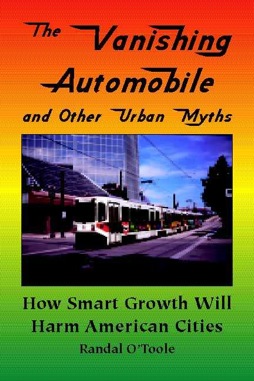
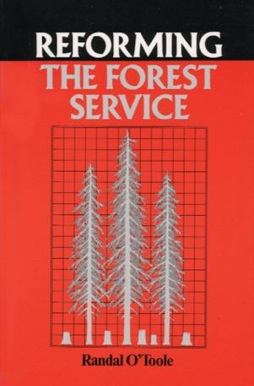
Some history …
SHAKER HEIGHTS RAPID TRANSIT
https://case.edu/ech/articles/s/shaker-heights-rapid-transit
Just sounds like a family guy joke to me.
“A 30 minute call to longmont…who do we know who lives in longmomt”
Longmont’s been in a tizzy since Robert Redford’s Sundance Film Festival announced Thursday that it’s moving from Park City to Boulder. But Boulder doesn’t have nearly the hotel capacity to handle it so most of the overflow will go to Longmont.
Thank you for this. As I recall RTD originally planned to build commuter rail from downtown Denver to Longmont via Interstate 25 or US 287/US 36 – a pretty straight shot. This is very different. According to Greater Denver Transit this commuter rail runs northwest from downtown Denver to “downtown Westminster”, then on to Broomfield, Louisville, terminating in Boulder. Then another commuter rail line will be built to run northeast from Boulder to Longmont.
There’s already regional bus service from Longmont to Denver, a straight shot bypassing Boulder via existing highways. It’s not fast @ 1.5 hours. OTOH it costs $2.75 one-way. I can’t imagine the convoluted rail routes they’re advocating building could possibly take less than 1.5 hours and it would no doubt cost riders 3x or 4x more. And the bus ride could be speeded up by building dedicated bus lanes on those existing highways at a fraction of the cost of building rail lines.
Local politicians are still thinking in pre-Covid, downtown-centric terms and of course they want cold, hard taxpayer cash. It’s ridiculous. But big blue Colorado will probably end up building it. Or at least start building it then abandoning it.
Side note: I’d never heard of “downtown” Westminster until now so I looked into it. It turns out they plan to build a “New Urban” development where an old mall was torn down: